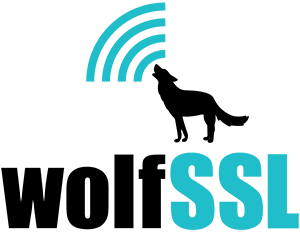One of the biggest strengths of the wolfSSL portfolio is its ability to adapt and run in the most diverse environments, whether it’s a minimal bare-metal deployment or a complex, multi-layered operating system.
This blog highlights recent improvements in the wolfSSL products regarding integration with the Unified Extensible Firmware Interface (UEFI)—the modern way to interface with hardware firmware during the initial steps after booting a machine (UEFI has replaced the legacy BIOS).
wolfSSL can already enhance UEFI firmware with component authentication and secure updates, as wolfBoot—our secure boot solution—can run as a UEFI application inside UEFI environments (Check out the build instruction).
Recently, wolfSSL has made it even simpler for other UEFI applications to access wolfSSL cryptographic services (using wolfCrypt). wolfSSL has improved its use of UEFI features, leveraging TRNG and crypto accelerators exposed by UEFI.
UEFI applications can now consume a FIPS 140-3 certified range of wolfSSL cryptographic algorithms (AES, RSA, DSA, ECDSA, SHA), key derivation functions, and secure communication protocols (D)TLS up to v1.3.
As a leader in embedded FIPS certificates, wolfSSL can assist you in the certifying of your UEFI based operating environments (OE’s) and assists you in the ACVP (Automated Cryptographic Validation Protocol).
The use cases are many: OS-agnostic secure communication, TPM attestation, disk encryption, and more.
If you are interested in using wolfSSL cryptography, wolfSSL TLS communication, any wolfSSL product inside a UEFI environment, or have questions about any of the above, please contact us at facts@wolfSSL.com or call us at +1 425 245 8247.
Download wolfSSL Now

